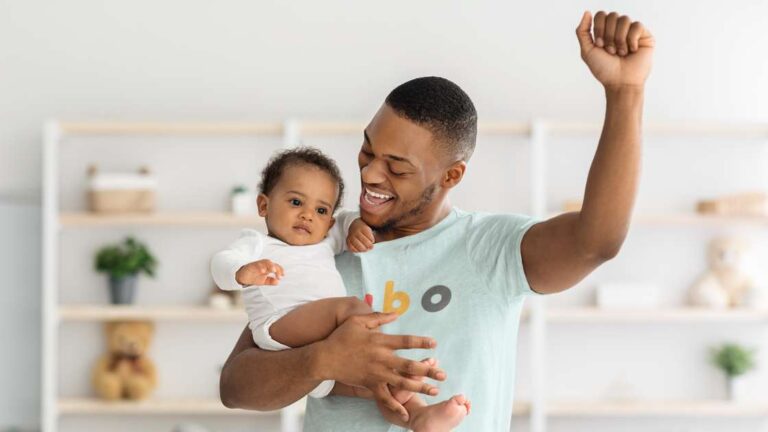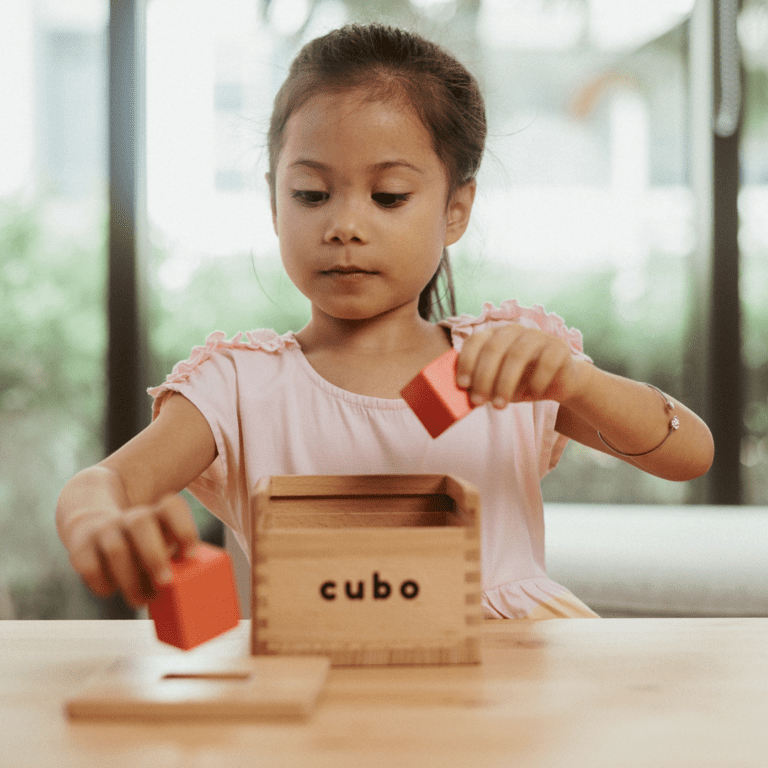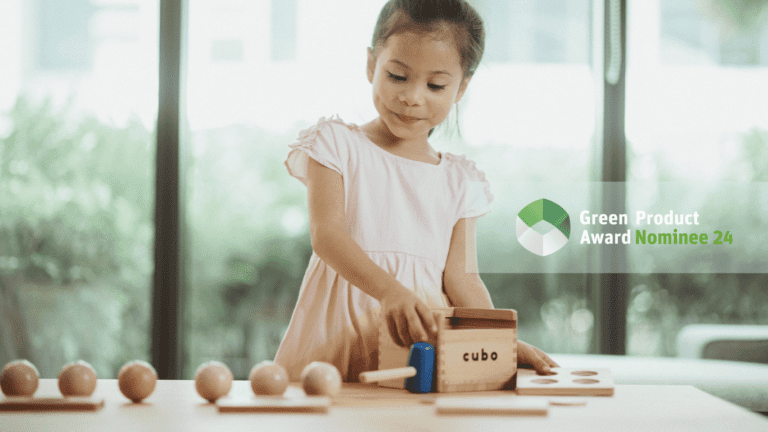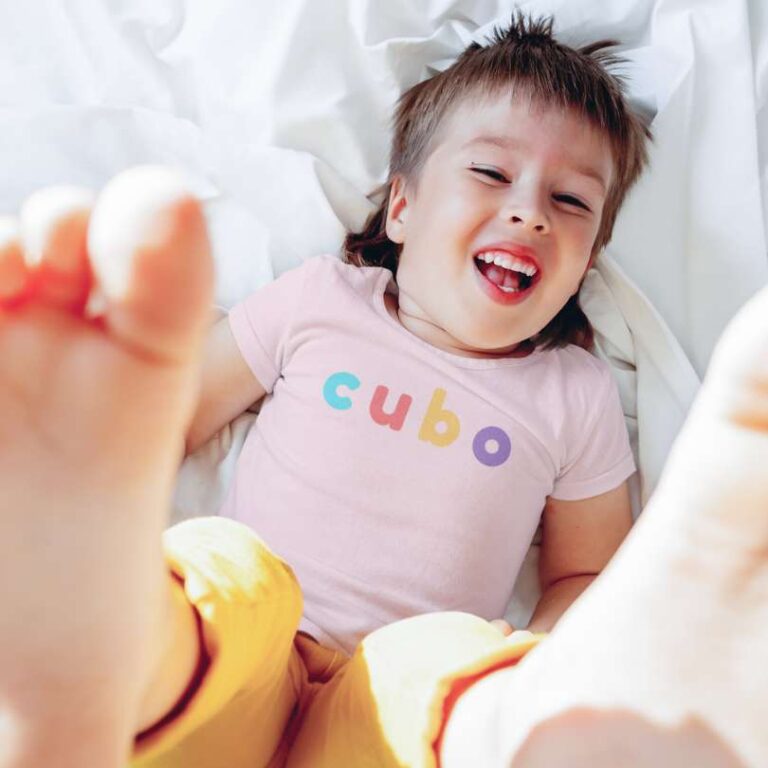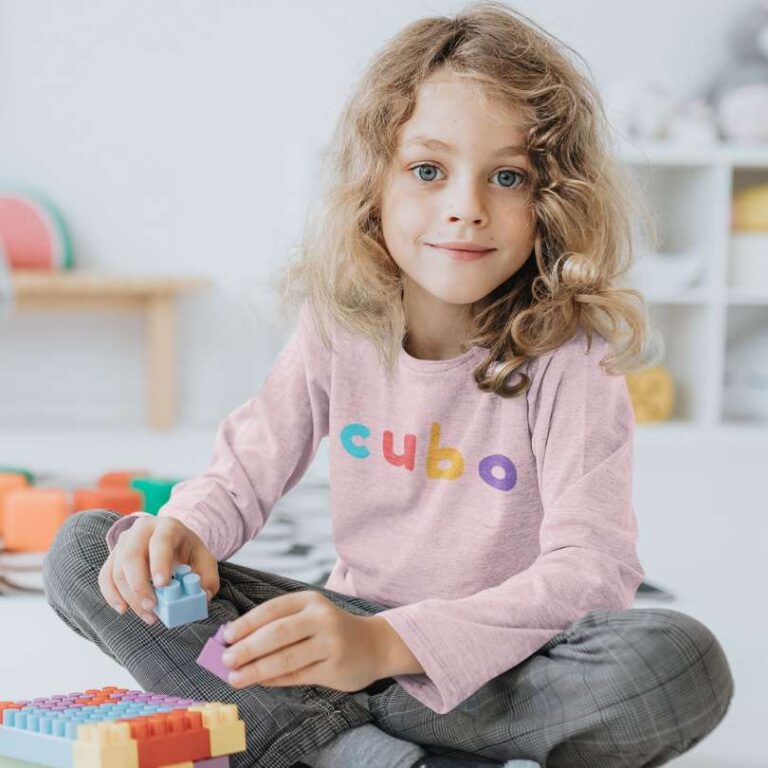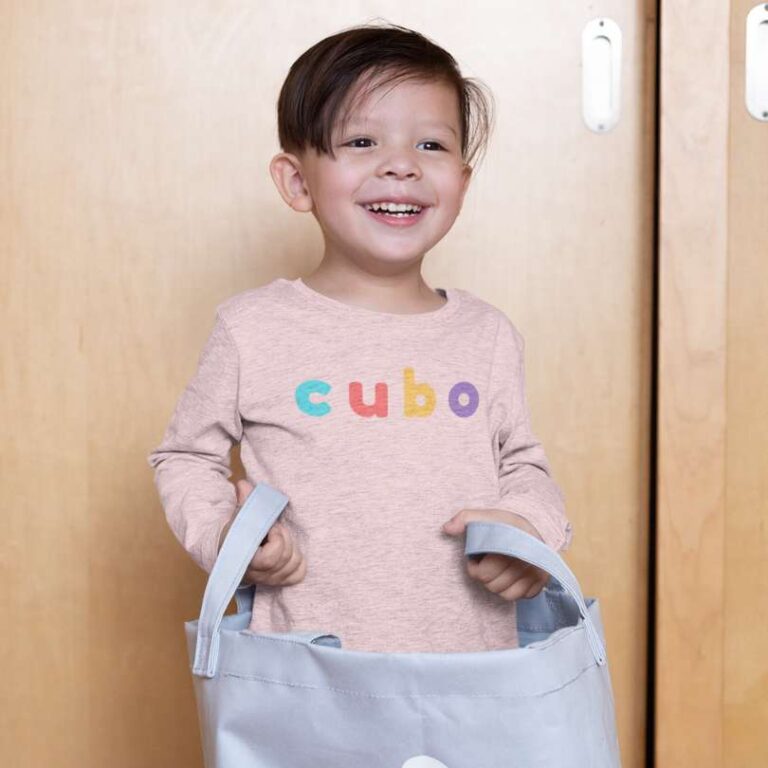Sustainability is a word that is closely synonymous to eco products. However, the concept of sustainability goes beyond that. It talks about our own systems of acquiring, using, conserving, and up to the point of disposing products. Sustainability looks at the overall circular economy, or in this case our circular playroom. For instance, we can say that we are playing sustainably if we don’t buy plastics or instead of disposing toys straight away, we find ways to mend, up-cycle, or give them away. Let’s dive in to the 7 ways to play sustainably at home in your playrooms or even play corners.
Find out what you can do in ridding the ocean of plastics and what we have been doing in our part.

Does your circular playroom already includes these systems?

1 / Reducing plastic consumption
Look, we aren’t hypocrites. We do buy plastic toys and for all good reasons. Our goal was not to completely eradicate plastics in our playroom. That will be impossible because it’s not realistic. We got grandparents and uncles or aunties who loves to gift our children and we can’t stop them from giving these toys even if we had already said we prefer eco friendly ones. Happy Meal Toys are still plastic toys and we’d like our child to enjoy her childhood with a bit of joy from these meal boxes. Our children will still be exposed to popular culture and they will desire plastic toys. Most of the toy categories specially tech or audio toys are still made of plastics.
We understand the need for a better world but we need to balance what our children wants or engages. While we would want a plastic-free world, our goal right now is to reduce our intake compared to before then build from there. To date, we only have a half a basket of plastic toys which constitutes 10% of our entire playroom and most of them are related to messy play.

2 / Follow the 7 Rs of Recyling
Disposing toys is part of its lifecycle for many reasons – the child had already met the skills meant to be learned with the toy, the child had grown bored or not challenged with it, or the material had broken down to an unplayable state. Before disposing the toy, let’s go through the 7 Rs of recycling to assess if we can give the toy another life – reuse, recycle, regift, resell, reduce, repair, and recover.
There are professional services available to properly dispose toys. They might be very expensive or unavailable in your area at this point but I suggest you look into it again if there are any developments when you are ready to recycle.

3 / Rent Toys and Toy Equipments
Our family frequently moves and right now, our crate is stuck for ten months in Melbourne due to the current shipping crisis. This includes our children’s precious toys that are crucial to their development. Instead of buying new ones, we opted to borrow toys from a local toy rental company (like Happy Baton) and now our children enjoys eco-friendly toys that are rotated on a monthly basis. They get access to toys that we don’t normally think of buying. The variety of the toys we receive also turns our bored children to excited ones every time we swap the toys on the following month.

4 / Salvage Toys from the Non-Profits
While living in Melbourne, we frequented those stores run by non-profit organisations such as Salvos and Vinnie’s. It’s a fun to hunt eco friendly toys at a fraction of a cost. I scored a bare wooden train set for $12 but sold it later when we moved for an even higher price (wooden toys this good would normally cost $40-60). I also bought an Aldi wooden toy coffee machine with missing pieces for $5 that usually retails $12. Not only do we buy preloved toys and save money, but the sale goes to feed people in need, too.

5 / Recycled Loose Parts
Recycled loose parts are great for art, numeracy, and messy plan bins. For instance, we have a stash of loose buttons that our preschooler can use for counting, sorting, or painting activities. We keep the fillers from Ikea boxes to display art creations, bottles as containers, lids as paint buckets, bubble wraps for stamping activities, kitchen cardboard rolls as a play dough rolling pins, and plastic spoons for scooping during messy play.

6 / Scavenge from Nature
While living in Melbourne, we frequent picnics in the park to play ball, enjoy a muffin, or to watch the train. During these walks, our toddler then picks up some sticks, dried pea pods, or leaves. We also used to live one block from the beach so we collect some shells that we bring home to play with at the sandpit. Most of the things we collect from nature, we deposit it to our mud kitchen or to our arts and crafts play corner.

7 / Buy Eco Friendly Toys
Buying wooden toys in Australia is very common as it’s embedded in their culture and even in their educational frameworks. You will see wooden toys in Target Australia but not in Target US. or you will see wooden balance boards in Kmart Australia but not Walmart US. There’s even a specific wooden toy group in Australia supporting local toy businesses producing eco friendly toys. Try to find eco-friendly toy makers in your area to not only support local businesses but to reduce your carbon footprint
Keep in mind when reusing toys
Let’s keep in mind the safety of our children during play as old toys can be a hazard. If you like 7 ways to play sustainably at home, please don’t forget to bookmark our site or subscribe to our newsletter for future blog releases.
When a toy breaks down, we also need to assess if the toy is still safe to be used by a child (specially younger children) before it can be used again. If you are going to mend toys, check if the wooden glue, paint or finishes you are using are non-toxic to children. If there are lead or batteries that is most likely to get exposed during rough play, it is best to safely dispose these toys instead.
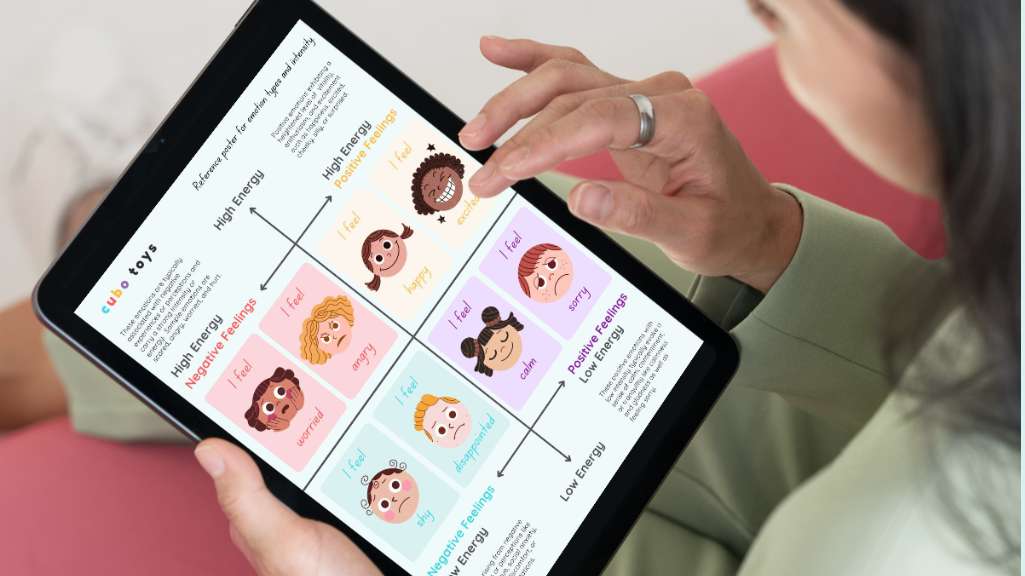
Get ready for smoother days~!
You can drive test our beautiful products by printing our social emotional learning lesson plans.


